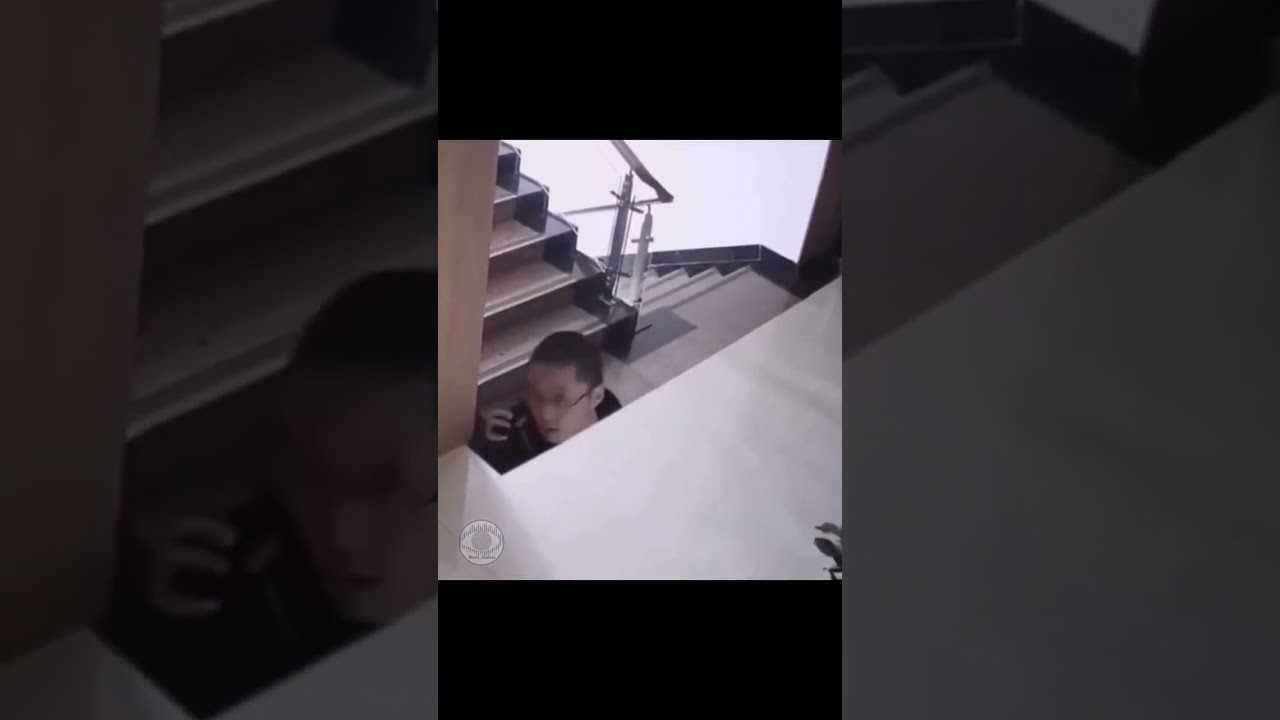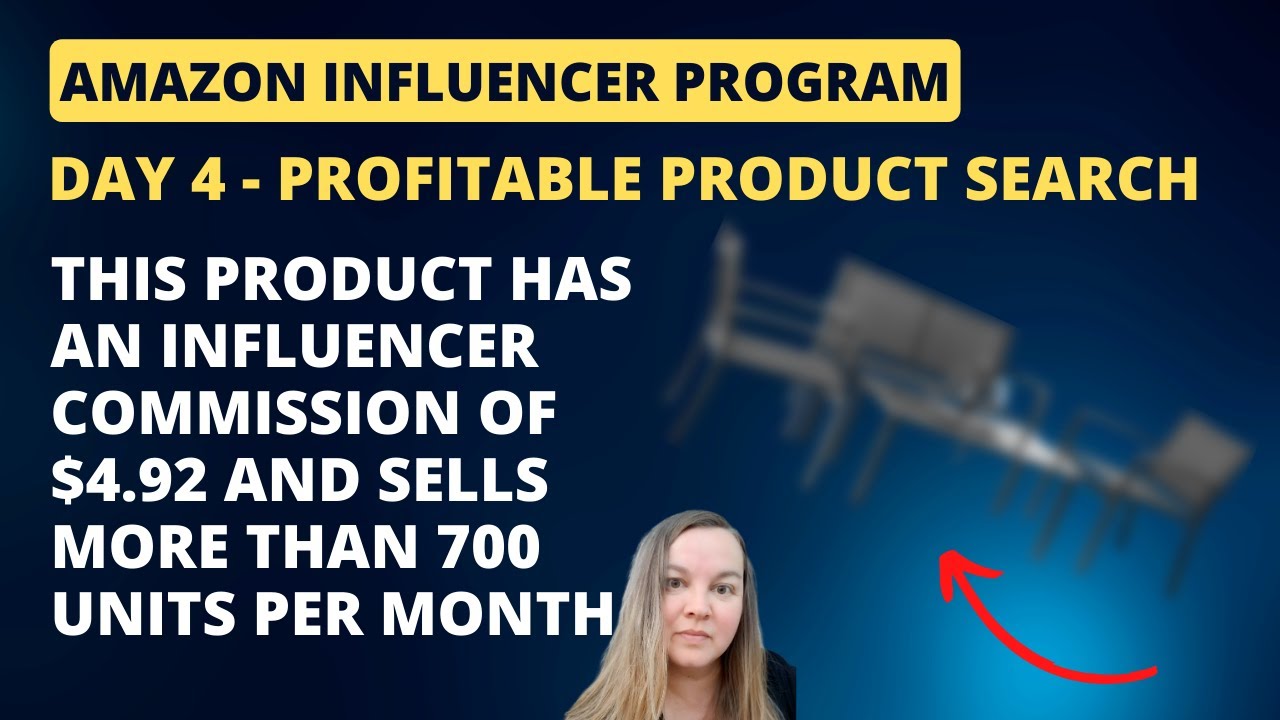Welcome to my blog post where we delve into the fascinating world of optical illusions and weird phenomena that leave you scratching your head in confusion. We will explore mind-bending #shorts videos and unravel the mysteries behind these intriguing optical illusions. Get ready to have your perception challenged as we embark on this journey of strange and mesmerizing visuals that will make you question reality. So, fasten your seatbelts and prepare for an adventure into the realm of mind-boggling optical illusions and peculiarities. Let’s dive in!
Introduction:
Have you ever come across a mind-boggling optical illusion video on social media? I’m sure it left you scratching your head in confusion and amazement. In this article, we will explore the world of optical illusions, particularly in the form of short videos known as #shorts. We’ll discuss their popularity, how content creators can use them to engage with their audience, and the role of platforms like YouTube in hosting and sharing these intriguing videos. So grab a cup of coffee, sit back, and let’s dive into the mesmerizing realm of optical illusions.
Heading 1: The Popularity of Optical Illusion Videos
Subheading 1: Captivating Viewers with Optical Illusions
Optical illusions have always fascinated people by challenging their perception and tricking their brains. With the advent of social media platforms like TikTok and Instagram, optical illusions have gained immense popularity in the form of short videos, commonly known as #shorts. These bite-sized videos captivate viewers by presenting mind-bending visuals that can leave you scratching your head in disbelief.
Subheading 2: Engaging Content Creation with Optical Illusions
Content creators are constantly looking for innovative ways to engage their audience. Optical illusion videos provide them with a unique opportunity to create visually-striking content that intrigues viewers. By incorporating optical illusions into their videos, creators can spark curiosity, generate discussions, and cultivate a loyal following.
Heading 2: Exploring the Amazon Associate’s Program
Subheading 1: Monetizing Optical Illusion Videos
Content creators often monetize their videos through various means, one of which is the Amazon Associate’s program. By becoming an Amazon affiliate, creators can include affiliate links to products shown in their optical illusion videos. Through these links, viewers can make purchases, and the content creator earns a commission from qualifying sales.
Subheading 2: The Amazon Affiliate Disclosure
To comply with regulations and maintain transparency, it is essential for content creators to include an Amazon affiliate disclosure in their videos or video descriptions. This disclosure explains that the content creator may earn a commission from qualifying purchases made through the Amazon links. It reassures viewers that their support is appreciated and helps to build trust between the creator and their audience.
Heading 3: Benefits of Using YouTube for Optical Illusion Videos
Subheading 1: Extensive Features for Video Hosting
YouTube, as one of the most popular video hosting platforms, offers a range of features that enhance the viewing experience of optical illusion videos. These videos can leverage features like autoplay, picture-in-picture, and video height settings to create a seamless and immersive experience for the audience. With autoplay, viewers can seamlessly watch one optical illusion video after another, keeping them engaged and entertained.
Subheading 2: Embedding and Sharing Opportunities
YouTube also allows content creators to embed their videos on other websites, expanding their reach beyond the YouTube platform. This feature is particularly useful for creators who want to showcase their optical illusion videos on their personal websites or share them with other bloggers, effectively spreading the phenomenon of optical illusions to a wider audience.
Conclusion:
Optical illusions have always fascinated and perplexed us. Today, these illusions have found a new home on social media platforms, particularly in the form of short videos like #shorts. Content creators have leveraged the popularity of optical illusions by incorporating them into their videos to engage and mesmerize viewers. Platforms like YouTube have played a significant role in hosting, sharing, and enhancing the experience of these videos. So the next time you come across an optical illusion video, embrace the confusion, scratch your head, and enjoy the magic of perception.
FAQs:
- Are optical illusions only popular on social media platforms?
- How can content creators monetize their optical illusion videos?
- Can content creators earn money through the Amazon Associate’s program?
- Why is it important to include an Amazon affiliate disclosure in videos?
- Besides YouTube, are there any other video hosting platforms suitable for optical illusion videos?











